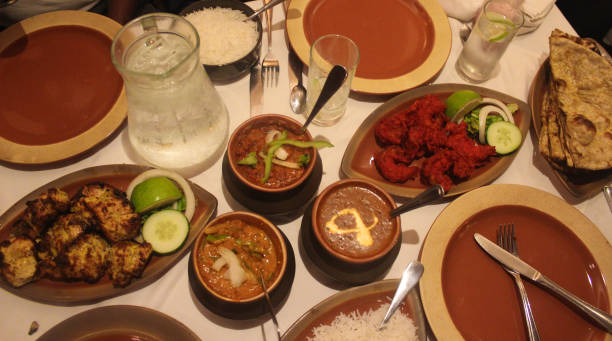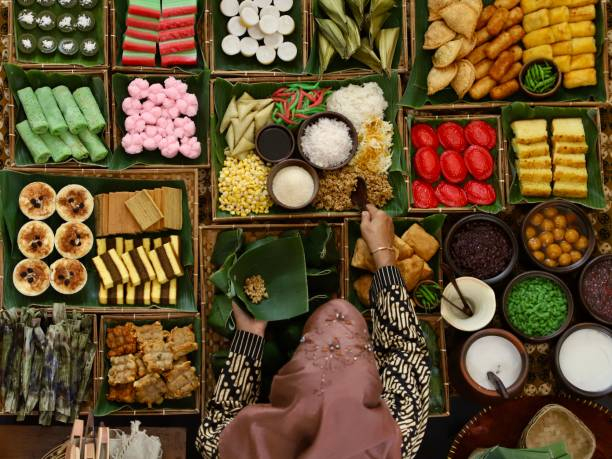Sample Cape Town’s culinary heritage
Cape Malay food reigns dominant in Cape Town. The Dutch landed in the Cape in 1652 to build a harbor for their ships to halt at on their journey to the East Indies. The Dutch needed laborers for the expanding port, so they began bringing in slaves from Indonesia and other regions of Africa. These slaves were the first to introduce Islam to the Cape, and they included political dissidents who were hostile to the Dutch presence in Southeast Asia. Cape Malay has arisen from sad origins as a separate culture different from the Asian, African, and Dutch civilizations that have affected it.
A parade of cultures has taken root in Cape Town's lengthy history of colonialism and immigration, each bringing its own traditions and customs. The city's diversified, inventive food is the most visible - and appreciated - outcome. Many consider Cape Town to be South Africa's gastronomic capital. Dishes influenced by the British, French, Indians, Dutch, Asians, Africans, and others are available.
The Cape Malay population, for example, is inspired by African, Asian, and Dutch traditions; they're famed for their spice-infused bredies (stews), curries, savory appetizers, and porrings (a warm pudding). Braai - originating from the Dutch term braden, which means to roast - has spread throughout the country. But braai is more than just grilling meat: it's a social gathering of friends and family. A typical braai experience is available on many township trips. This rich cultural legacy is being recognized by local chefs. With their unique takes on classic dishes, Chef Luke Dale-Roberts' three award-winning Cape Town restaurants - Test Kitchen, Pot Luck Club, and Shortmarket Club - are ideal examples. If you avoid going during the high Christmas and Easter seasons, making restaurant and accommodation bookings will be considerably easier.

















